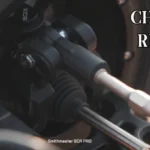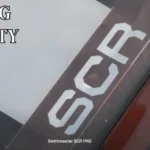We are Smithmaster Co., Ltd., a company that has developed and is currently exporting the RC car “Smithmaster” to countries such as the United States, Canada, and France.
Today, we would like to introduce essential safety measures for RC bashing.
Table of Contents
Essential Safety Measures for RC Bashing
Bashing with remote-controlled (RC) cars is an exhilarating hobby that allows enthusiasts to push their vehicles to the limits on various terrains. However, to fully enjoy the thrill while minimizing risks, it is crucial to follow key safety measures. Here are the essential safety guidelines to ensure a safe and enjoyable bashing experience.
1. Wear Protective Gear
Wearing the right protective equipment is fundamental in preventing injuries:
- Safety Goggles: Protect your eyes from flying debris, dust, and small projectiles that may come from the RC vehicle or its surroundings.
- Gloves: Help prevent cuts and burns from sharp edges, hot components, or accidental contact with moving parts.
- Long Sleeves and Pants: Shield your skin from potential scrapes, cuts, and minor injuries, especially when bashing in rough terrain.
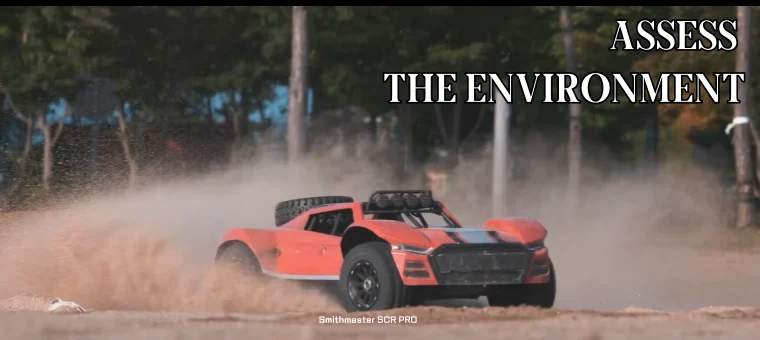
2. Assess the Environment
Before starting your bashing session, take time to evaluate the area where you will be operating your RC vehicle:
- Clear the Area: Ensure the location is free from obstacles such as rocks, trees, and other potential hazards that could interfere with vehicle movement.
- Check for Bystanders: Make sure the area is clear of pedestrians, pets, and other RC operators to avoid collisions and accidents.
- Weather Conditions: Avoid bashing in extreme weather conditions such as heavy rain or strong winds, which could affect vehicle control and safety.
3. Conduct a Pre-Run Vehicle Inspection
A well-maintained RC vehicle enhances performance and safety. Before each session, inspect the following components:
- Check for Loose Parts: Ensure all screws, nuts, and bolts are securely fastened to prevent unexpected malfunctions.
- Battery Security: Confirm that the battery is properly installed, securely fastened, and in good condition to prevent power failures or overheating.
- Tires and Suspension: Examine the tires for proper inflation and traction, and inspect the suspension for any damage that may affect vehicle stability.
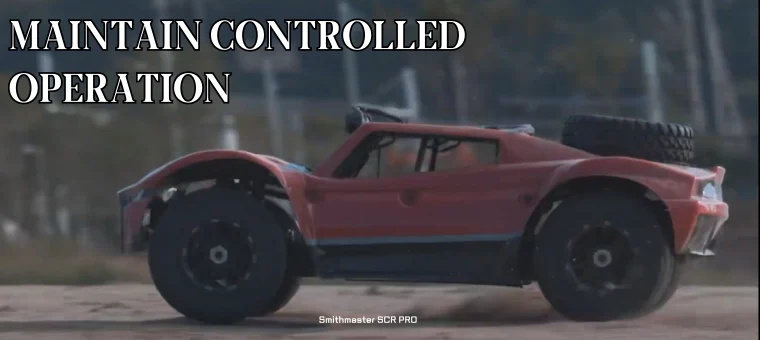
4. Maintain Controlled Operation
Safe handling of your RC vehicle is crucial in avoiding accidents:
- Avoid Crowded Areas: Operating your vehicle in open spaces away from people and animals reduces the risk of unintended collisions.
- Check the Transmitter Signal: Ensure your transmitter is functioning properly and the signal is strong before launching your RC vehicle.
- Control Speed and Maneuvers: Avoid excessive speeds in unfamiliar areas and be mindful of sudden turns or jumps that may cause loss of control.
5. Be Prepared for Emergencies
Accidents can happen, so it is essential to be ready for any unexpected situations:
- Keep a First Aid Kit Handy: In case of minor injuries, having a first aid kit nearby is always beneficial.
- Plan for Vehicle Retrieval: If your RC vehicle gets stuck or lost in difficult terrain, have a strategy to safely retrieve it without putting yourself at risk.
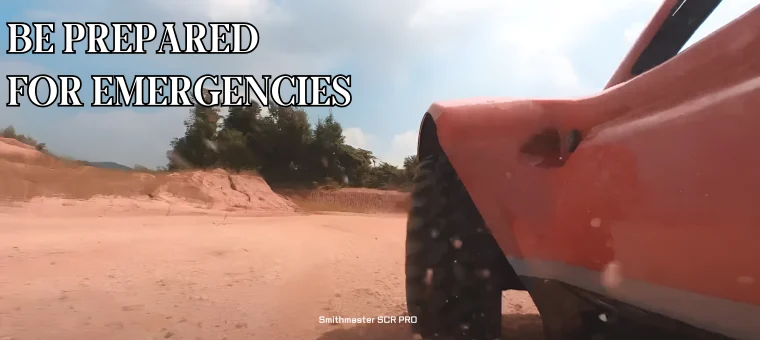
By following these safety measures, RC bashing can remain an exciting and enjoyable hobby while ensuring the safety of both operators and those around them. Remember, safety should always come first to make the most out of your RC adventures!
Thank you for reading our contents!
If you’re interested in Smithmaster’s RC cars, please check out other articles as well!For those interested in owning one, a quick visit to the Smithmaster website through the link provided can get you started : https://smithmaster.net/

